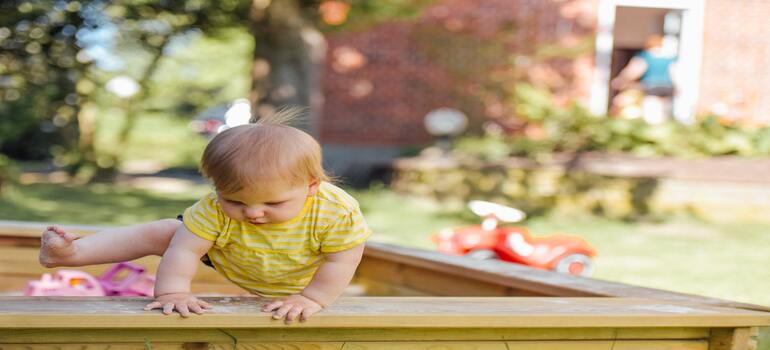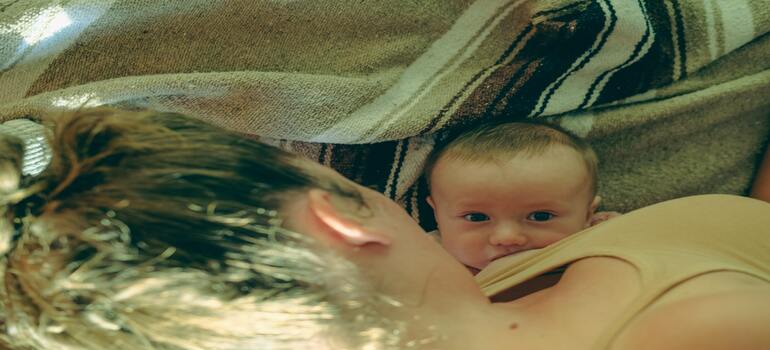How Much Salt Do Babies Need?
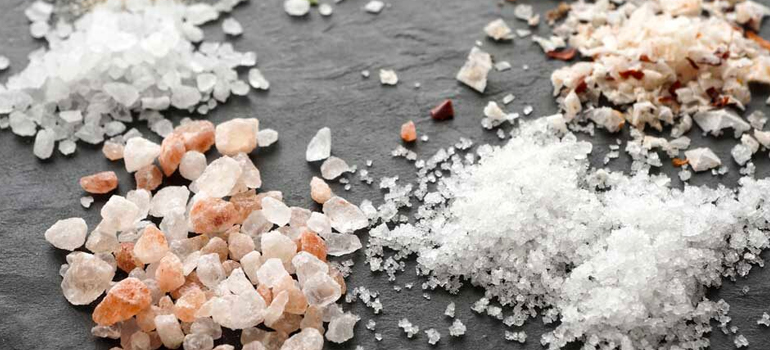
- October 13, 2020
- MKB Team
Understanding the Effects of salt in a Child's Diet
Salt, One of those things that has not just culinary, but historic and cultural significance, particularly in India.
Our ancestors considered salt a holy food. Gandhiji’s Dandi March against the salt tax of the British is one of the landmark moments in the Indian freedom struggle. Salt or ‘namak’ is also a word that’s tossed around a lot, in Bollywood dialogues or Hindi proverbs. And of course, it is what makes any dish palatable!
One of the biggest worry in modern times is the excess salt in our children’s diets. You just can’t help it. It’s everywhere, home cooked food, restaurant food, packaged products or even condiments like sauces and seasonings. We all know that salt can lead to serious health effects for our children when they grow up, including high BP, cardiac issues and hormonal imbalances.
TYPES OF SALT
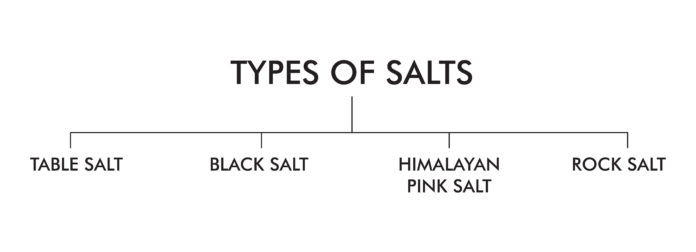
1. TABLE SALT
Table salt is mined from rocks in the earth and is 99.5 percent sodium chloride, with the addition of anti-caking chemicals, potassium iodine, and sugar to stabilize the iodine. Refined salts lack minerals and have added chemicals. These factors make table salt an unhealthy seasoning for babies.
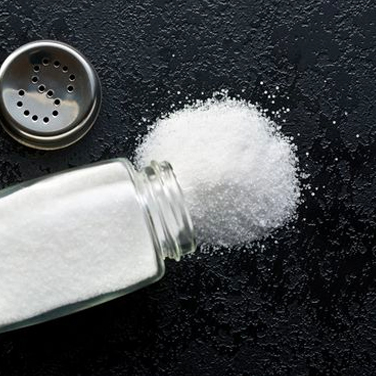
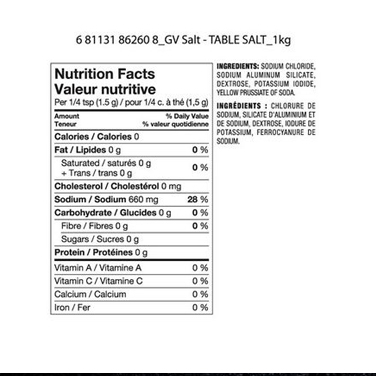
2. BLACK SALT
Kala namak ("black salt" in Nepalese) is Himalayan salt that's been packed in a jar with charcoal, herbs, seeds and bark, then fired in a furnace for a full 24 hours before it's cooled, stored and aged.
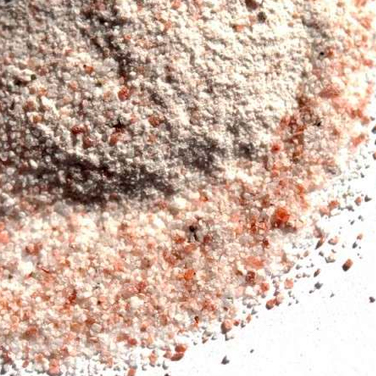
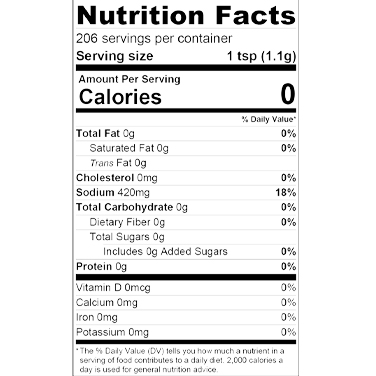
This process gives kala namak its reddish-black color, its pungent, salty taste and a faint, sulfurous aroma of eggs. It's often used in vegan and vegetarian dishes to give egg-free dishes the taste of egg, as well as in Ayurvedic practice.
3. HIMALAYAN PINK SALT
Now, the good salt for your baby comes in a couple of different varieties, but our favourite to add to baby purees is Himalayan Salt. Which is naturally pink in colour. It also has over 84 much needed minerals and other bio compounds in it. Moreover it is extracted from the Himalayan mountains and considered the purest in the world.
Himalayan salt is older than we think! While most experts agree that this gorgeous pink salt was formed 100 to 200 million years ago, some geologists estimate that the Himalayan salt could be 800 million years old. The colour can range from off-white to bright pink, which is considered to be from trace minerals like calcium, magnesium, potassium, copper and iron.
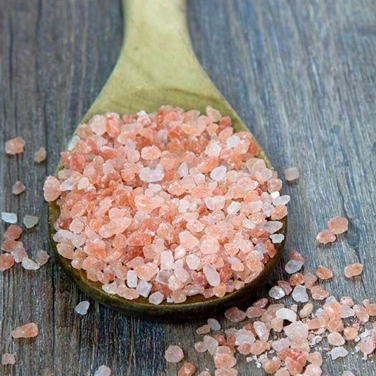
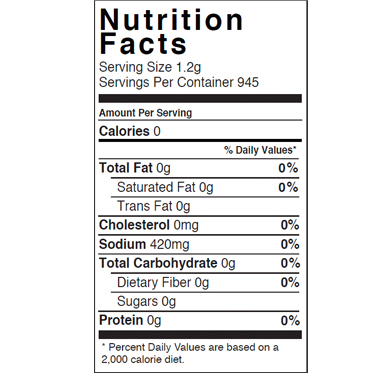
Since they share a similar chemical composition, it is advised to follow the same rule for Himalayan salt as for table salt – introduce to babies over one year of age. Breastfed babies get the required amount of salt through breast milk and infant formula also contains the same amount of salt.
Even though this is healthier than table salt, it still needs to be used in moderation, so that your baby doesn’t grow up addicted to salty food.
As with all ingredients you add to baby food, make sure to get your salt from a trusted and reliable source. Since Himalayan salt has a coarser texture, be sure to mix it well. It also has a slightly more delicate flavour than table salt. After your baby’s first birthday, Himalayan salt makes a much better alternative to table salt, being unprocessed and free from chemicals and preservatives, so you can be sure of giving your baby the best.
4. ROCK SALT
Rock Salt is also popularly known as Halite or Sendha Namak. It is the natural form of sodium chloride and is a type of a salt. Sendha Namak usually forms isometric crystals and is usually white or colourless. It can also be grey, yellow, orange, red, pink, dark blue or light blue depending upon the kind of impurities present in them.. Sendha Namak or halites are found in most parts of the world. The one found in France appears to be filled with fibrous vein filling with a purplish colour. Sendha Namak forms very quickly in rapidly evaporating lakes, thus resulting to modern artefactshe with a coating of halite crystals or encrustations.
Nutritional Value of Sendha Namak
Since Sendha Namak is a form of a mineral and has isometric crystals of Sodium Chloride, it can also contain elements like zinc, iron, manganese, potassium and magnesium. However, it is low in iodine, it also contains a lot of beneficial minerals in its composition that makes it perfect for including it in your regular diet. Sendha Namak can also be mixed with iodized soil for more health benefits.
Additionally, rock salt has the ability to stimulate the insulin gland in the body preventing sugar cravings. So that’s two birds with one stone: balancing both salt AND sugar consumption. It is also a sleep inducer. Now that’s something you could use on days. Not that we suggest you should!
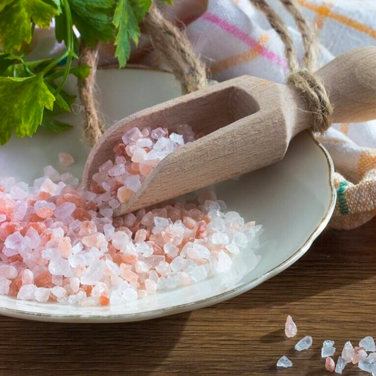
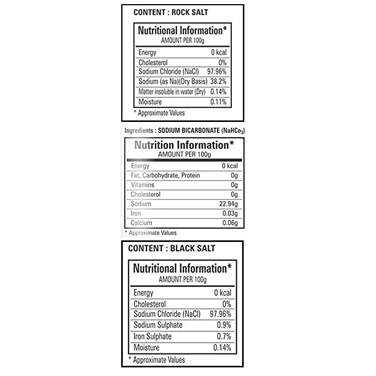
Published by
MKB Team
200 Articles
MomsKnowBest is a fast-growing vibrant community of moms, for moms, by moms. Motherhood is complex fun, fulfilling, grueling, exhausting and very complex. There’s no handbook to it. And let’s face it – moms are put...
Read MoreShare with your friends!
Leave a Comment
Trending Post
Myth Buster: Having iron tablets makes your child...
Busting Top 10 Pregnancy Myths about having Iron Tablets
One of the Top 10 pregnancy myths is that...
Health Benefits of Pomelo For Moms To-Be & Kids
During pregnancy, women need proper nutrition to support their health as well as the growth of the...

